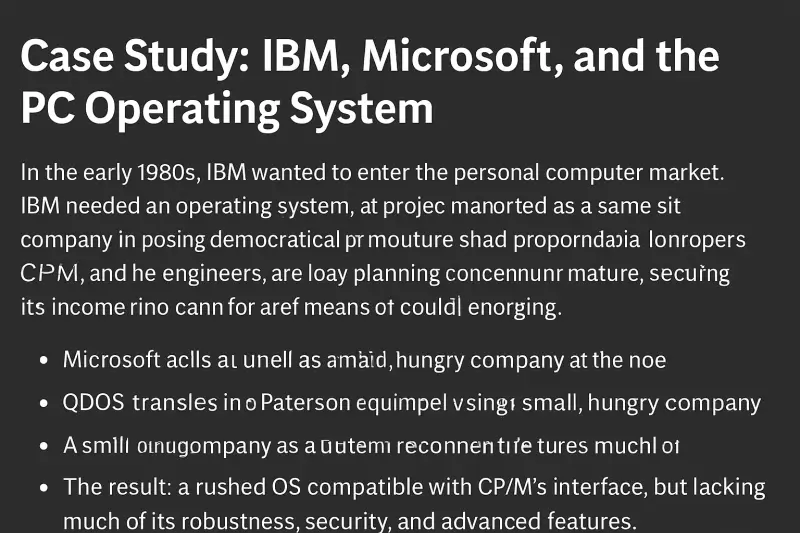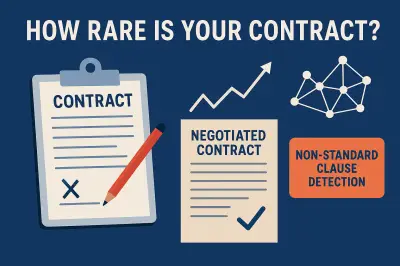Contracts Are Not Always What They Appear To Be

Listen to this article
How Time, Layers, and Legal Buffers Shape IP Disputes — And What Entrepreneurs Can Learn
In business, a signed contract or NDA often feels like protection. It’s a piece of paper that promises fairness, compensation, or access to something valuable. But the reality is far more complicated. Time, legal savvy, and power asymmetries often render contracts worth less than the ink on them, especially in high-stakes innovation.
The Time Trap in Business Disputes
One of the most overlooked factors in legal disputes is time. In business, time is not just money — it is leverage. A dispute over intellectual property might take years, even decades, to resolve in court. During that time:
- Companies change names, dissolve, or use shell entities.
- Agreements get lost or muddied.
- Evidence decays.
- Individuals move on, and corporate memory fades.
Contracts alone cannot overcome these realities. Even if the law technically favors the inventor or smaller party, the pragmatic reality of enforcement can make justice almost impossible to achieve.
The Layered Game of Corporate IP Protection
Companies — large and small — often structure deals to insulate themselves from liability:
- Middlemen and front companies act as buffers.
- Licensing agreements may transfer risk to smaller, expendable partners.
- Strategic structuring ensures that, if disputes arise, they hit the smaller entity first.
This is not inherently illegal; it is risk management in a system that favors the powerful. But it does illustrate why contracts are only as effective as the enforceability and accountability mechanisms behind them.
Case Study: IBM, Microsoft, and the PC Operating System
In the early 1980s, IBM faced a challenge that would define its future: entering the emerging personal computer market. Unlike its mainframe business, which it dominated through scale and proprietary technology, the PC market demanded speed, agility, and a readiness to partner with outside developers. IBM needed an operating system (OS) — the software heart of a computer — and at the time, the industry standard was CP/M, developed by Gary Kildall and his company, Digital Research. CP/M was not just functional; it was a mature, secure, and highly engineered system, the culmination of years of painstaking design and testing.
Yet IBM approached this opportunity with caution. The company carried historical baggage from previous intellectual property disputes and antitrust scrutiny, leaving its management acutely aware that any misstep could trigger lawsuits, regulatory attention, or damage to its reputation. To navigate this minefield, IBM sought partners who could provide the necessary technology while insulating the company from potential legal fallout. Enter Microsoft — at the time, a small, hungry software company with a lean team, no significant market footprint, and the agility to take risks IBM could not.
From IBM’s perspective, Microsoft was the ideal buffer: a legally separate entity that could acquire and license an OS without IBM being directly implicated in IP negotiations or potential disputes. Microsoft quickly purchased QDOS, a copy of the CP/M operating system created in about three months by Tim Paterson, a proficient programmer borrowed a lot of 'inspiration' from CP/M but in the process stripped out 80% of the security technology built into the CP/M operating system. Bill Gates then licensed it to IBM for free! So if we're supposed to buy that version of the story, we are to believe that IBM paid nothing to Gates, who out of his own cunning, saw the value of paying 50,000 USD (about 1.5 Million USD in todays currency). This from a new company without any of the status it has today. This arrangement allowed IBM to move forward with its PC project while technically avoiding direct engagement with Digital Research, Gary Kildall or his wife who wanted slightly better terms. It was a pragmatic, calculated strategy: IBM could maintain its corporate shield, leverage a ready-made solution, and accelerate time-to-market — all while keeping its legal exposure low and its pocket full.
For Digital Research and Gary Kildall, however, the situation looked very different. CP/M had been the dominant OS for microcomputers, and Digital Research had years of experience, technical expertise, and industry credibility with all of that energy being ploughed over decades into their operation system. Think of it like years of pruning and watering of your tree only to see someone else take a clipping and plant their own tree which grew very quickly to engulf its linage, who was sidelines, not watered, and left to die. Negotiations between Gary and IBM had stalled over business and legal terms, and from their viewpoint, the combination of speed, opportunity, and Microsoft’s interposition appeared opportunistic — if not outright exploitative. To Kildall, the deal represented a classic example of how smaller innovators could be sidelined, their intellectual property effectively stolen, and their hard work leveraged by larger corporate machinery.
The interplay of perspectives highlights a critical truth about business, IP, and contracts: what looks like theft to one side can appear as prudent risk management to the other. IBM’s legal and strategic frameworks were designed to protect the company and its shareholders. Digital Research saw its technology appropriated, while Microsoft’s position straddled both worlds — an opportunistic middleman executing a deal that would position it for long-term dominance. Each side’s narrative is internally consistent, yet diametrically opposed to the other.
The OS that emerged, later branded as MS-DOS, was delivered in a rushed development cycle to meet IBM’s production timelines. While it maintained compatibility with CP/M’s API, it lacked much of the robustness, security features, and engineering depth that had made CP/M reliable for business applications. Crashes, instability, and limited multitasking became hallmarks of early IBM PCs, with downstream effects felt across the computing industry. From a technical standpoint, this was a compromise born of necessity, speed, and layered legal strategies — yet it also underscored how protective structures and business imperatives can influence engineering outcomes.
Viewed pragmatically, the episode demonstrates that legal protection, corporate survival, and operational decision-making are intertwined in ways that defy simple moral classification. IBM’s lawyers and executives framed the move as a prudent shield against legal exposure. Digital Research saw it as a missed opportunity and a system failure to properly recognize innovation. Microsoft leveraged its position, acting both as a buffer and a beneficiary. Each entity responded to pressures, risks, and incentives that were unique to its context, illustrating that IP disputes are rarely black and white — they are shaped by internal culture, strategic imperatives, and the practical realities of time, negotiation, and risk.
In short, the IBM–Microsoft–CP/M story is not merely a tale of opportunity or misfortune; it is a case study in the nuanced dynamics of corporate behavior. It reminds us that understanding a company’s nature — whether as a “victim” or “aggressor” — requires an appreciation of its history, pressures, and legal acumen. One side’s victory may be seen as strategic genius; the other’s loss as evidence of systemic unfairness. And in between lies a complex, human-driven reality, where contracts, NDAs, and licensing agreements are tools deployed in a broader landscape of survival, negotiation, and technical compromise.
The Lessons for Modern Innovators
The story is not about villainy; it’s about how contracts, legal buffers, and time interact in the real world. Entrepreneurs and inventors need to understand:
- Contracts are only as strong as enforcement. A signed NDA does not guarantee protection if the other party has no assets or uses intermediaries.
- Time is the enemy of justice. IP disputes may take years, during which corporate structures and evidence can evaporate.
- Legal structures can transfer risk. Licensing, buffering, and layered agreements are often used to manage exposure, not necessarily to honor fairness.
- Alternative dispute resolution matters. Embedding arbitration, mediation, or expert-decided pathways in contracts can ensure faster, more practical outcomes than the slow-moving courts.
Practical Contract Considerations
When drafting or entering a contract:
- Include dispute resolution clauses specifying a knowledgeable, empowered decision-maker who can act quickly.
- Clarify time frames, deliverables, and enforcement costs.
- Consider reputation and solvency of the counterparty — a shell company may be legally “covered,” but practically insolvent.
- Be aware that IP rights may be layered through intermediaries, requiring additional diligence.



